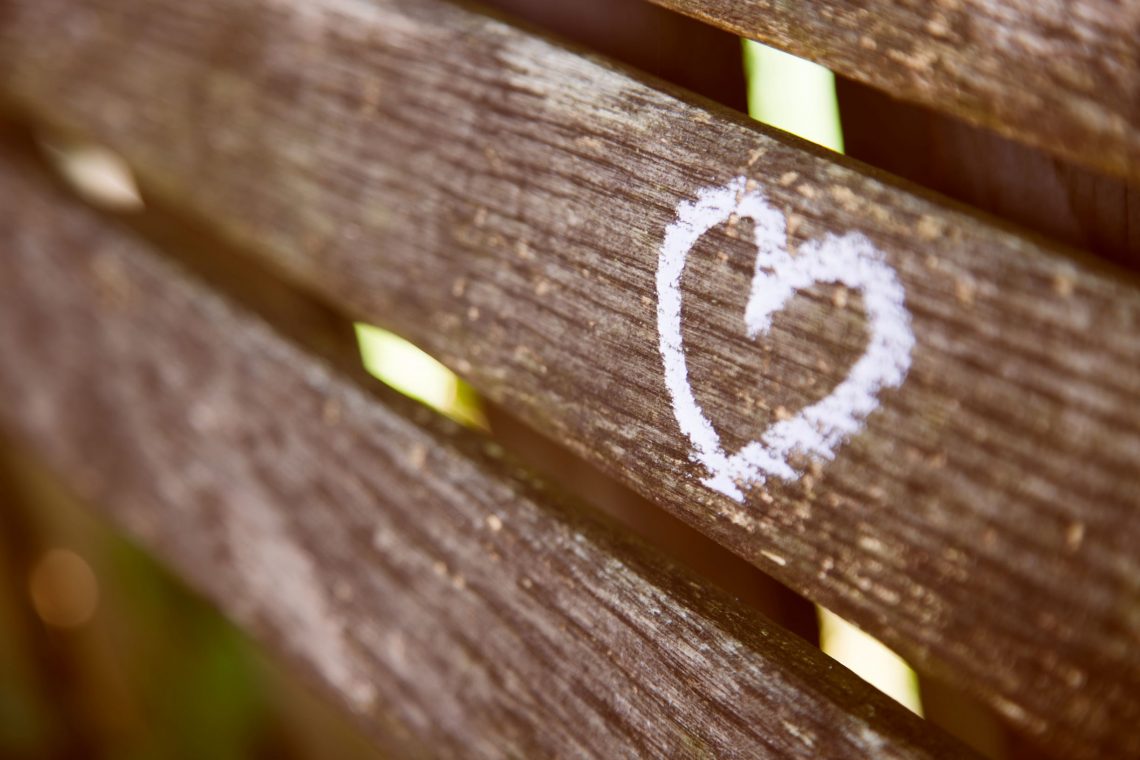
How Love Has Changed Over Four Generations
What if you were married off at seven? Or 13? What if you had to elope from a country fair? A brave, young woman, who married for love two decades ago, writes about pride and prejudice, and love, in the mountains near Munsiari
Story by: Rekha Rautela
Read the original story in Hindi
I asked the elders — women in our village of Sarmoli, in the upper reaches of Kumaon — how did boys and girls get married in the past, without ever setting eyes on each other? And who decided whether they could talk about their likes and dislikes, even after they had tied the knot? Certainly not us, they said.
It was near impossible to choose a life partner back then. You simply accepted whoever your parents chose for you, and that was that.
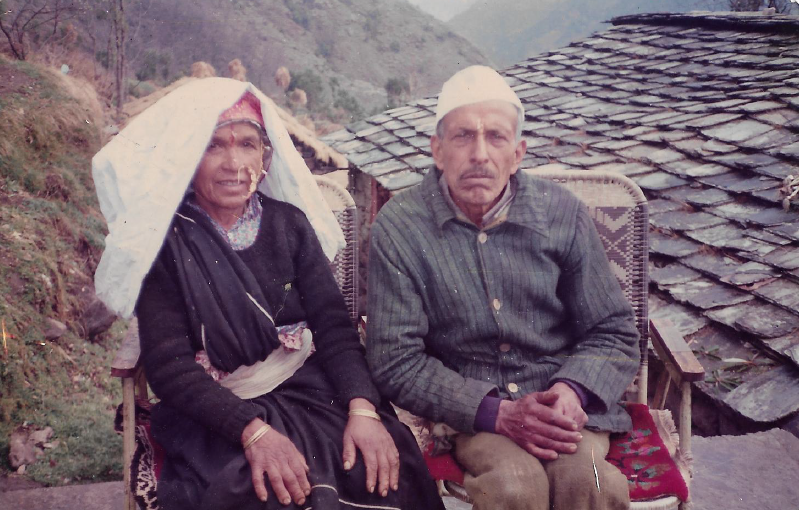
When the stakes were high…
I wonder what it felt like though, in an era, when it was common for girls to be married off before they reached double digits (in age). Take my grandmother, for instance. Married at seven, she recalled how, after her vidai (the ritual send-off), her brothers and other villagers took turns to carry her on their backs all the way to her husband’s home! And then, her jyu (mother-in-law) looked after her. She took her under her wing, and taught her how to run a house in just a few years’ time. Her husband, my Bubu (grandfather), also gave her a lot of respect, and valued her as a partner. Wherever he went, he brought back gifts for her.
By the time she came of age, and realised it, her first child was already playing in her lap. Years later, when we were growing up, my grandmother would often remark how girls were getting married too late, and how at our age, she had had multiple children already!
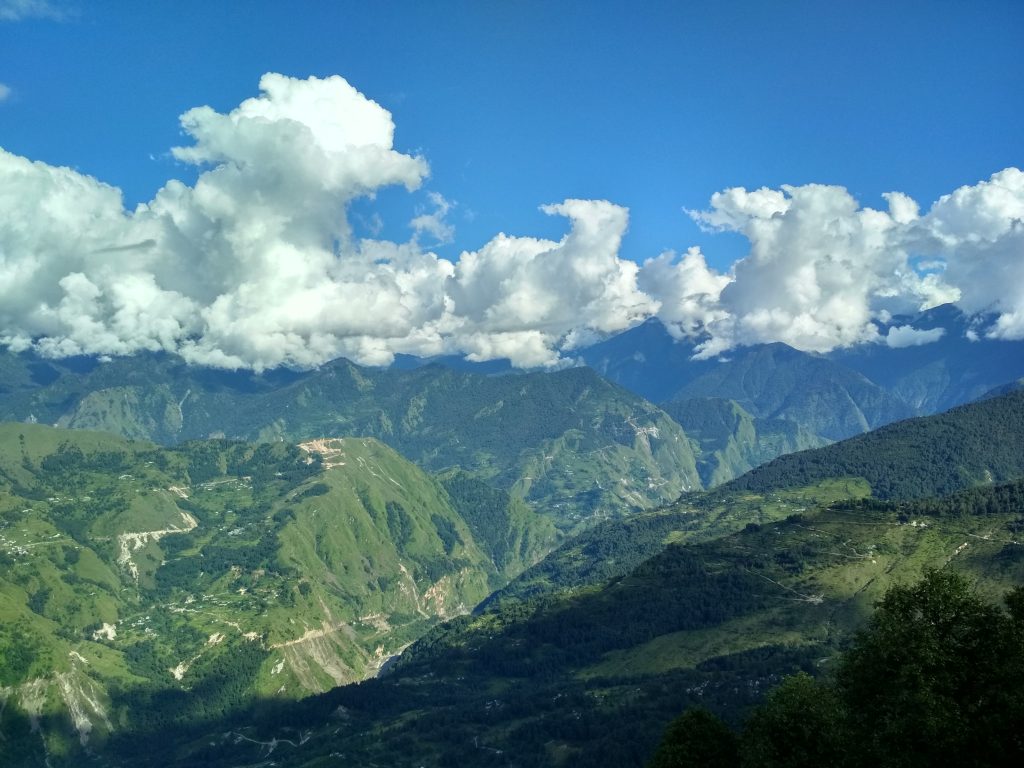
My mother too was married early. She was all of 13 at the time. Although her father was extremely strict, he loved his daughters dearly, and worried about their future. Yet the concept of letting your children choose their own spouse was completely alien to him and his generation.
Nowadays, says my mother, people talk a lot about love, but their love is giddy and fickle — first they sing of undying pyaar, and soon enough, they cry and complain that the relationship is not working out.
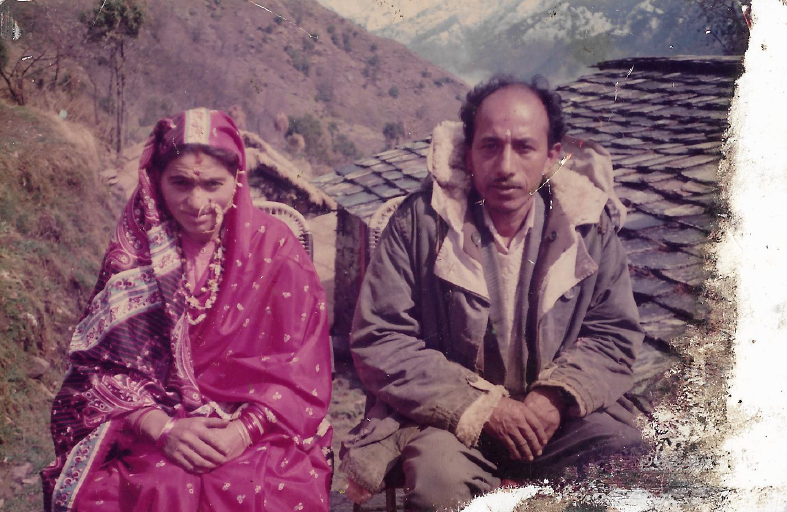
When she was young, apparently, brides and grooms were so shy, they barely exchanged a word, two months into their marriage. But did that mean they didn’t love each other? Even today, my mother believes it’s not important to fall in love before you marry someone, since it’s perfectly possible to fall in love with him or her soon after. Ultimately, she asks, isn’t taking care of each other the essence of love?
To be fair, in my mother’s time, it was dangerous to even to think of selecting a partner, leave alone actually doing it. Very few had the courage to run away, to reject social norms and marry without the consent of their parents. And if they did, people cursed them for years on end.
Some still took the plunge, of course, though they were aware of the risks. In fact, in those days, if a boy liked a girl, there was a tried-and-tested way to woo her — gifting her a coconut and sugar candy. There were no means of sending letters back and forth at the time. So, close friends were sworn to secrecy and doubled up as messengers. Love was a risky business, not a Bollywood film.
Divine interventions
Often, the many festivals and fairs of Kumaon served as a meeting ground for lovers. Held in honour of deities like Nanda Devi, Ma Durga and Ma Ulka, devotees looked forward to them every year.
First up, was the festival of the divine god of Mesar, one of the most important figures in the local pantheon of gods – which is celebrated as the Mesar Van Kautik each summer in our village Sarmoli. This was followed by the celebrations for Nanda Devi — celebrations that continued for four straight days and four straight nights, culminating on the fifth day with great fanfare in a mela. Swaying and singing the traditional chanchri, crowds would gather at the temple to pray first, before breaking into the duska, the folk dance to complete the ritual.
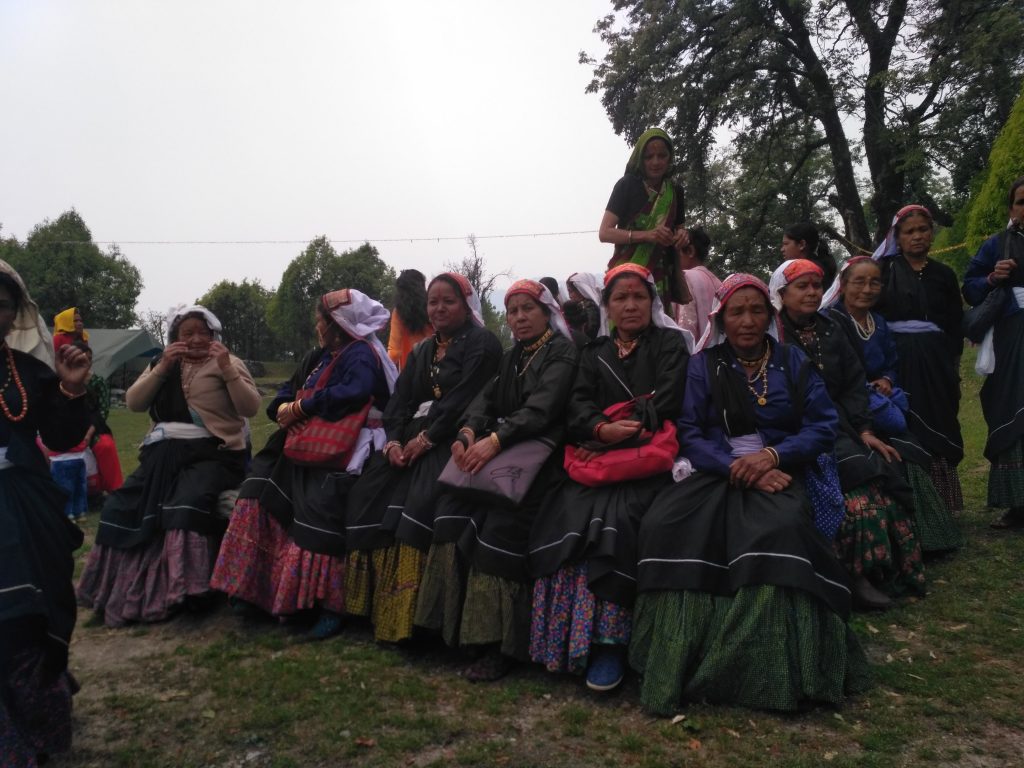
The fairground, lined as it was with several small food stalls and toy stalls, festive and bright became the meeting place for lovers. Such fairs are still held in villages around here, in Suring, Dana Dhar and Darati, and in a few others that lie farther (about 60km) in the Johar Valley, like Milam and Pachu.
Couples often eloped during the festival of Shivaratri as well — it was a golden opportunity for them. The village of Madkot still holds a fair during Shivaratri, and it has become something of a trend to run away from there, before returning home to complete the wedding rites.
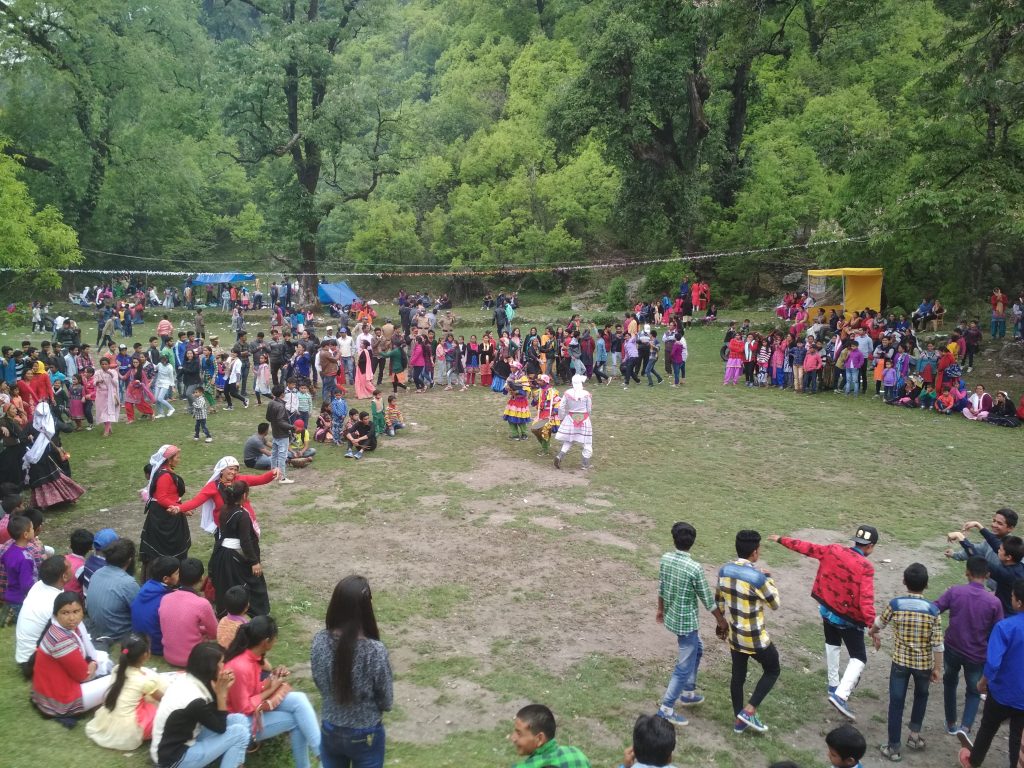
Breaking the barriers
In matters of love, the rules are changing with every generation. I, for one, was able to select my own partner. And it still feels like yesterday, although we’ve been married now for 24 long years! It’s hard to imagine, but when we were young and in love, no one had even heard of mobile phones, and yet, we managed to stay in touch. We sent letters and greeting cards to share our feelings. Eventually, when we got married, unlike so many others, our union was accepted by our families without much opposition, since we belonged to the same caste.
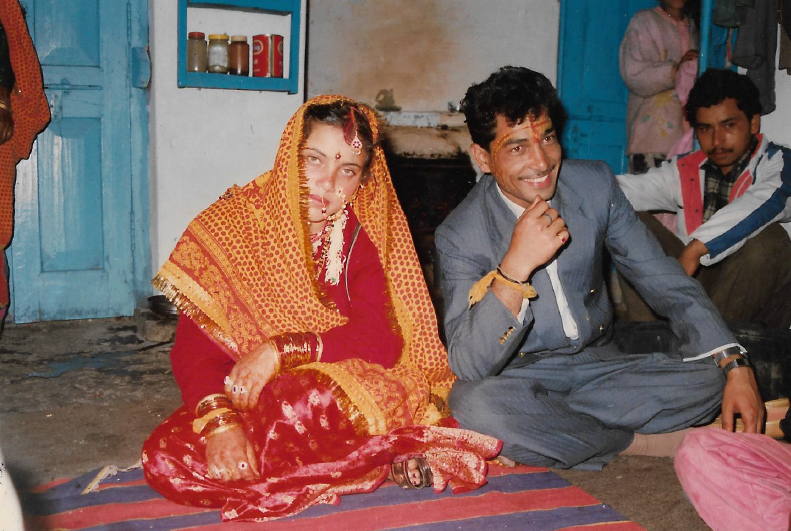
At the time, even the mere mention of the word ‘boyfriend’ or ‘girlfriend’ could invite trouble — like you had committed an unforgivable crime. More so, if a boy and a girl belonged to different castes. Invariably, their families would refuse to accept their alliance, compelling them to elope. Here, in Sarmoli, the Bhotias (Scheduled Tribe) are in a majority, constituting about 80% of the local community, though overall in the Gori Valley, where our village is situated, they account for about 20% of the total population, while those from the Scheduled Castes make up for another 20% or so. The remaining fall under the General category.
Two decades ago, it was unacceptable for someone from the General category to choose a partner from the Scheduled Tribes. If they liked each other and wanted to get married, they could either elope, or give in to family pressure and separate from each other. For Brahmins, it was worse. If they dared to marry outside their caste, their families would disown them, and even perform their (symbolic) last rites! The wrath of casteism is brutal in our society, and persists even today.
Interestingly, there are a few people in our village now, who have selected each other as partners and created their own families. Yet, they chose not to get married. They decided they did not need rituals and ceremonies or the stamp of societal approval to be together.
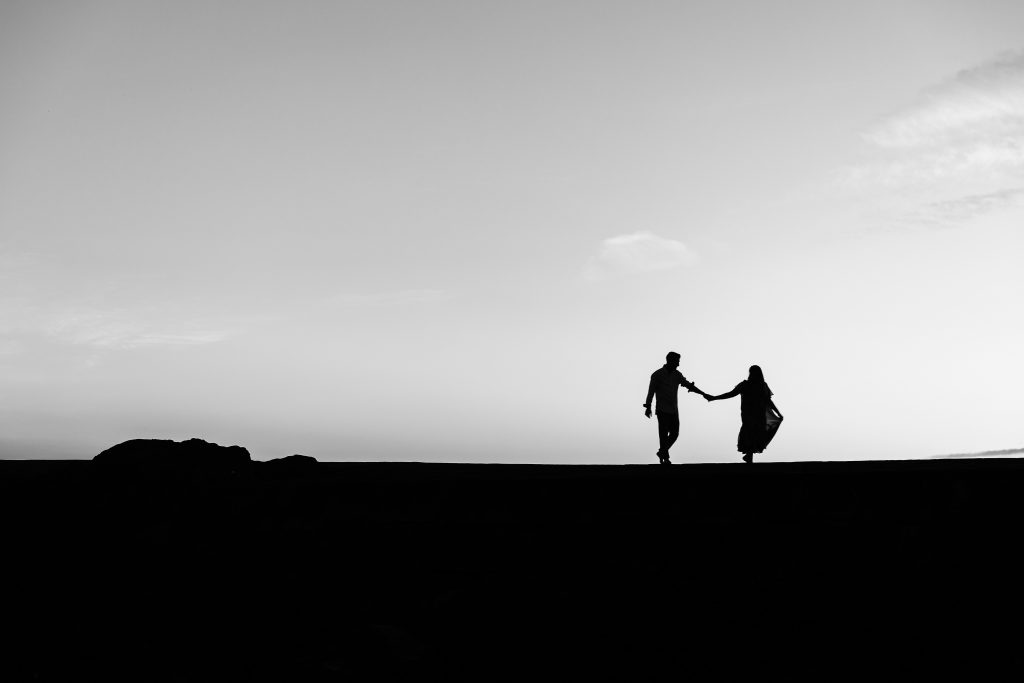
Custom-made love?
For those who care for such customs though, we often say in jest that there are only two kinds of weddings in our community: a Satka wedding, where the bride and groom ‘satak lete hai’ or slip away quietly, and a Jhatka one, in one fell swoop, where they honour their parents’ wishes and promptly marry a person chosen for them, without any complaints.
Traditionally, once a conversation about a potential match was initiated, the elders of both the houses would meet to finalise things, which was called sait rakhna, after which the wedding preparations would begin in earnest. We didn’t have an engagement ritual in those days. But before the wedding party reached the bride’s home, the groom’s father, along with a couple of others, would arrive ahead to apply a tilak of sandalwood paste, and present her with a ring. Similarly, during the ceremonial dhulark to welcome the groom and his family, the bride’s father would give his new son-in-law a ring.
Once the wedding rituals began, a saree was strung across as a screen between the bride and groom. They could only see each other — usually, for the very first time — once the custom of giving away the bride or kanyadan was completed. Together, they would then circle the sacred fire seven times for the customary pheras, apply tilak on each other’s temples and sweeten the deal with some mithai. It was all very charming, unlike weddings these days, when the rituals are inspired by television and films.
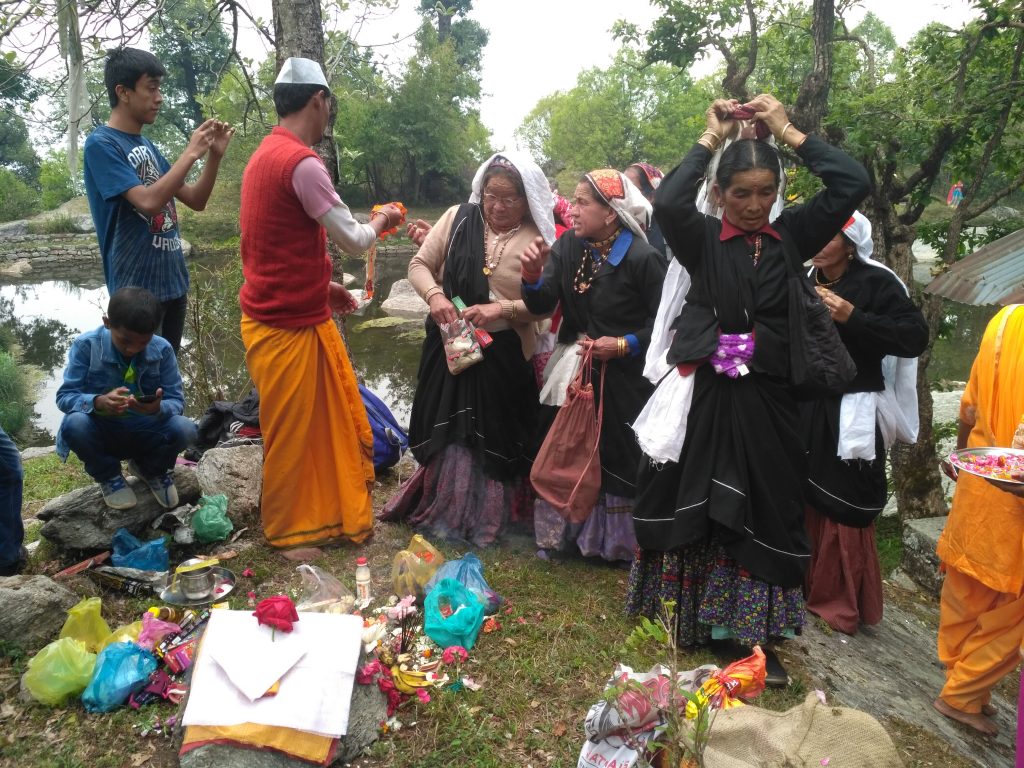
The kids are alright
Today, it’s common to have a boyfriend or girlfriend. And then they announce they’ve had a break-up, without much care or concern. Believe it or not, some in our village have also found prospective partners on Facebook! Even caste barriers are not as forbidding as they once were. In the Bhotia, Thakur and Brahmin communities, for instance, if youngsters get married by choice, tensions run high for several days within the families. But over time, people tend to forgive and forget.
Sure, as a society, we would do well to consciously change our mindset, and adapt to new worldviews. But as we speak, things are changing anyway… Take the young women in our village, who believe that choosing a life partner without thinking things through is rather foolish. They realise that life is not a Bollywood romance. In the real world, they say, you have to get an education, and secure your future first. As long as you are living with your parents, you can shoulder your own responsibilities and aim to stand on your two own feet. And once that happens, wedding proposals are bound to follow.
Even if that doesn’t happen for some reason, eventually your one regret will be that of not having found a partner, but you will at least be able to take care of yourself. But, with high unemployment rates in the region, if you blindly marry someone for love and start a family, only to discover later that you can’t provide for your children, it will be doubly disappointing.

In some of the remote hilly regions nearby, there are many villages where the living conditions are especially challenging. There are no paved roads, and life is mostly centered around farming and rearing livestock. When our relatives from there ask for our help in finding suitable matches, most people refuse and say that we would never send our daughters away to such a place, because to survive in such harsh terrain, you need kaath ka paun, lohe ka sir – legs of wood and a head of iron!
I don’t know about legs of wood. But our daughters do have a good head on their shoulders. They are more self-aware and self-reliant today. Our community too is less rigid than it once was. So, as we trace the arc of experiences from my grandmother and my mother to myself and now, my daughters, we see how the definitions and expressions of love have evolved over four generations. But in its simplest form, beyond social mores and time-honoured traditions, love is love, is it not? And in this busy, unpredictable world of ours, it is love alone that binds us.
*Cover image: Jamez Picard (Unsplash)
Read the original story in Hindi
Meet the storyteller








Beautiful writing and expressive to the extent that it took me to the village. Beautiful happy faces of Rautelas. I could completely relate to the changing faces of love over generations.
Beautifully written, with respect to old traditions as well as room for new ideas as per today’s times. Loved reading it.
Beautifully and simply written. Soul food for me . Longing to visit Sarmouli since a long time. Now I have one more reason … to meet Rekha Routela and stay in her home stay and go for bird watching with her.
Loved the narration. And felt great reading about the evolution of love in the village. And the last line, hit home. In the end, Love is love and that’s what binds us.
[…] How Love Has Changed Over Four Generations: A brave, young woman, who married for love two decades ago, writes about pride and prejudice, and love, in the mountains near Munsiari. […]
I have been living in Uttarakhand for the past 1.5 months. And this story feels so close. Lovely how the storyteller Rekha has shaped up her life!